Momordica Cochin, description and photo, cultivation, use for medicinal purposes and in cooking
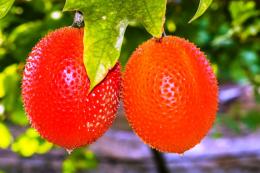
Momordica Cochin is an exotic fruit that has long been used for culinary and medicinal purposes. This plant is popularly called Chinese melon or Indian cucumber.
To grow this exotic plant in European countries, you need to know the planting rules and adhere to them. Let's discuss in more detail.
Content:
- What is Momordica, types
- Momordica Cochin - description and photo
- What do gac fruits taste like and how are they eaten?
- Results of studies of momordica fruits: what they contain, benefits and harms
- Where to buy Momordica cochin seeds
- How to plant correctly
- Plant care
- Harvesting and storage of gaka fruits, yield
- Use of hook in cooking
What is Momordica, types
Momordica, corella or gak - the name of the same annual plant, which belongs to climbing crops and to the pumpkin family. The plant came to us from Asian countries. In the Russian Federation and Ukraine, these fruits are little known; cultivation is possible, but only in greenhouses (planted on the balcony).
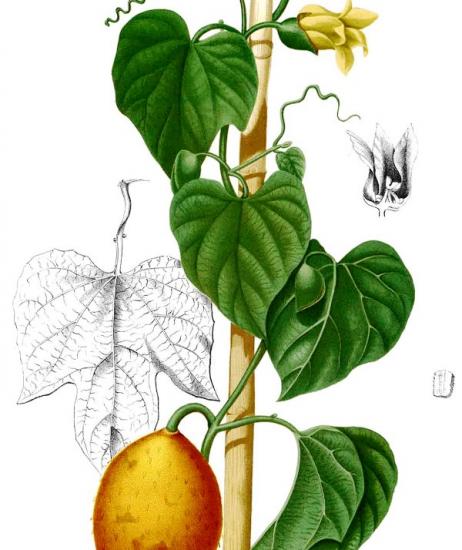
The plant looks like a herbaceous vine, as it climbs very quickly, entwining any structure. The shape and appearance of the fruits resemble a melon or a large cucumber.
From the Latin word “momordica” means biting. This name is not accidental; there are glandular hairs on the stem.Severe irritation may occur when touching the skin. It is recommended to wear gloves when collecting fruits.
Plant types:
- Cochin.
- Charantia.
- Dragon.
- Gosh.
- Basalmic.
Each species is unique in its own way; there are differences in the rules of planting and growing.
Let's learn more about momordica by watching the video:
]video:https://youtu.be/FA7eCk0ELl8]
Momordica cochin - description and photo
The stem of the plant is strong, although due to its small thickness this cannot be said. The length ranges from two and a half to four meters in height. It curls well.

The leaves are green in color and large. They look like zucchini or cucumber leaves.
Inflorescences are yellow. Female flowers are located on small peduncles, male flowers - on tall peduncles. Initially, male inflorescences bloom, and then female ones. The flowers have a jasmine scent.
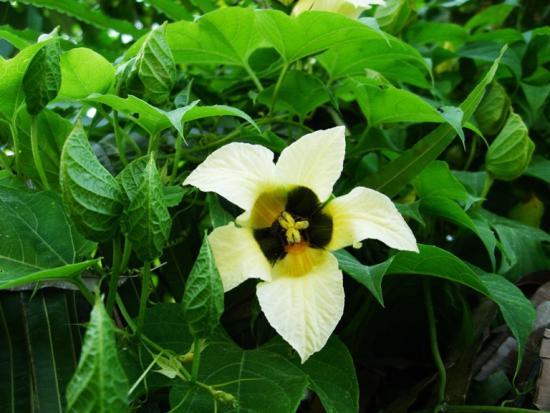
The size of the fruit is twenty to twenty-five centimeters in length, twelve centimeters in diameter.
The peel is uneven, warty, there are small growths and tubercles. The color of momordica is yellow or light orange, depending on maturity.
The seeds are flat and have a rich odor. The color is dark red.
The pulp has a slight bitterness and is juicy.
Taste and beneficial properties largely depend on correct and timely collection.
What do gac fruits taste like and how are they eaten?
You should only eat unripe gaka, since it is in this state that the pulp has a delicious sour taste. In this state, the fruit is green or yellow in color. There is practically no bitterness. Such seeds are eaten even raw.
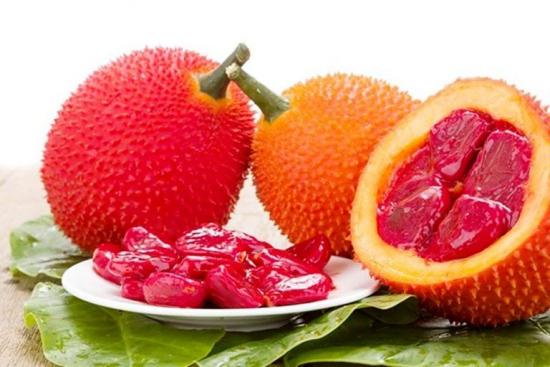
They are added to dishes with poultry, fish, meat and combined with vegetables. Momordiku can be stuffed, canned, boiled, marinated and fried.Prepare delicious jam and desserts based on it.
When mature, momordica is very bitter, so it needs to be processed before eating; you can soak it in salt water overnight.
Ripe fruits are orange, sometimes with a pink tint. In this form, the fruit cracks and the seeds scatter on their own.
In addition to seeds and fruits, you can use the stem, root and leaves as food. For example, the leaves are added to soup or salad as a spice.
In both cases, the product has beneficial properties and is used in alternative medicine, for preparing infusions and decoctions. But in cooking, preference is given to the first option.
Results of studies of momordica fruits: what they contain, benefits and harms
This plant is a leader among others in its family due to its composition. It contains many nutrients, phytonutrients and trace elements that are beneficial for the human body.
One hundred grams of the product contains:
- 1424 milligrams of potassium;
- 200 milligrams of calcium;
- up to 30 milligrams of iron;
- ten milligrams of beta carotene.
Thanks to long-term research, it was noticed that the fruit contains 81 phytonutrients, for example:
- alanine;
- glycine;
- menthol;
- stearic acid;
- arginine
- The pulp and seeds of the Indian cucumber contain:
- phosphorus;
- iodine;
- nickel;
- riboflavin;
- sodium;
- niacin;
- ascorbic acid;
- manganese;
- glutamic acid;
- magnesium;
- copper;
- manganese.
A total of 59 microelements.
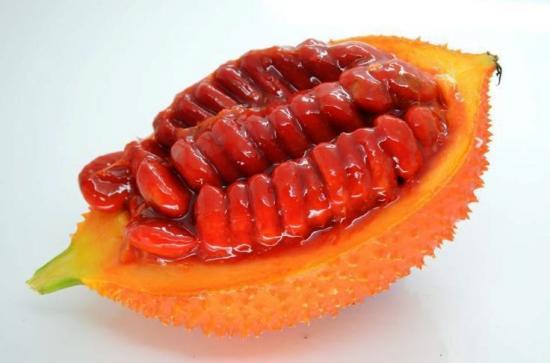
Thanks to this composition, the plant is very useful.
It is actively used:
- To reduce blood cholesterol.
- To normalize sugar in diabetes mellitus and stimulate insulin production.
- Effective in the treatment of cancer.
- A medicine based on the product is used for colds, flu and skin diseases, such as psoriasis.
- During research, they found that fruits and leaves can destroy streptococci and staphylococci.
- The fruits have an antiseptic effect and are widely used for severe headaches.
- They have a positive effect on the condition of the joints, therefore they are used in the treatment of rheumatism and joint diseases. They have an analgesic effect for muscle pain.
- Promotes a speedy recovery from scarlet fever, measles, chickenpox and mumps.
In addition to the beneficial properties, it is important to know about the dangers and contraindications.
Cochin momordica should be introduced into the diet gradually, in small portions, as it can cause allergies. First of all, an allergic reaction manifests itself in the form of stool disorder.
This fruit is contraindicated in the following cases:
- The period of bearing a child. The substances contained in the plant can terminate pregnancy or cause severe uterine tone.
- The period of breastfeeding can provoke allergies in the baby.
- Children under three years of age due to the variety of ingredients. The possible reaction to the child’s body has not been fully studied.
- In diseases of the larynx, it causes the development of an inflammatory process and soreness.
- For urolithiasis and cholelithiasis. Many components included in the composition cause the removal of stones.
- The product will be harmful if a person suffers from intestinal diverticulosis. Severe colic, spasms and pain will appear.
- Be careful during menstruation. The product can cause bleeding and prolong the duration of the cycle.
By being careful, you can avoid health problems.
Where to buy Momordica cochin seeds
It is better to buy seeds in a specialized store or order online.
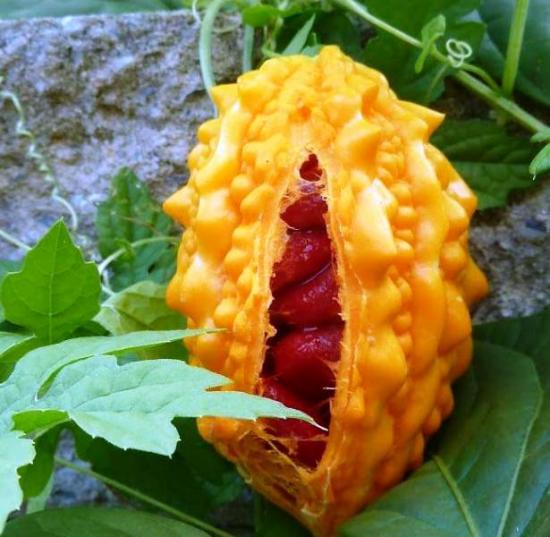
Before purchasing, you need to contact a consultant at the specified phone number to ask about the quality of the product and the shipping process.
Usually seeds are sent by mail, delivery in 1-3 days.
Let's watch the video and learn more about the medicinal properties of Momordica Cochin:
How to plant correctly
There are certain requirements:
- Momordica needs a well-lit area, and the bed should be slightly in the shade.
- Do not plant in places where water accumulates to avoid rotting of the roots.
- If the seedlings were grown in a greenhouse, transplantation is carried out at the end of May, at the beginning of June. Earlier planting is also possible in case of a warm spring.
- The bed is prepared in advance. The area is dug up and lime fertilizer is introduced to normalize acidity. Planting of seedlings is carried out next spring. The seedlings are transplanted with very careful movements; the root system is very thin and fragile; one wrong movement can break it.
It is important to build a trellis as the plant climbs.
The distance between the holes is at least 60 cm. Before planting, it is important to water the hole and fertilize it.
In Ukraine and Russia, planting is best done in a greenhouse or greenhouse. If this is not possible, and planting is carried out in an open area, then the plant is covered with film at night and during rainy days.
The planting process is complete, now it's all about maintenance.
Plant care
Step-by-step instruction:
- Step 1: Watering. The plant is moisture-loving, so watering should be moderate and the soil should not be allowed to dry out. Abundant watering is carried out during hot periods.In hot weather it is poured every 2-3 days, one bucket is used for each plant. If the moisture evaporates quickly, then mulch with compost or dry peat.
- Step 2: Building a support. A mesh or vertical trellis is suitable as a support. The lowest crossbar should be at least ninety centimeters high.
- Step 3: Fertilizers. Nitrogen and potassium are used as fertilizing. You can also make a product based on bird droppings and cow manure, in a ratio of two to one. The product is diluted in 10 liters of water. Fertilizer is introduced monthly until the end of fruit formation.
- Step 4: Trimming. It is important to prevent the crown from thickening. Side shoots should not exceed 50 cm. It is enough to leave a few main shoots and remove the rest as needed. It is also worth getting rid of damaged leaves and branches, this will protect the plant from pests.
The recommendations are easy to apply; following them will allow you to get a good harvest.
Harvesting and storage of gaka fruits, yield
The collection is carried out on the eighth to tenth day after the fruit appears. Only during this period there is no bitterness. The more fruits you pick, the better the yield.
Momordiki are stored at a temperature of twelve degrees, no more than twenty days. In this case, the humidity in the room should not exceed 90 percent.
Use of hook in cooking
In cooking, Chinese melon is used to prepare salads, fish and meat dishes. It is pickled, fried, salted and boiled. You can make delicious caviar or jam.

Fry the seeds in a frying pan, breading them in sour cream, eggs or flour. And later it is used as a spice for soup. Ground seeds are added to baked goods.
The fruit goes well with yogurt, coconut, tomatoes and cucumbers.
So, the exotic fruit Momordica is not known to everyone. But the seeds are readily available, and if you follow all the recommendations, the plant can be grown at home. The fruits are tasty and very healthy.

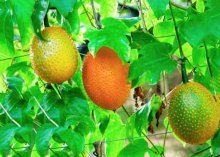
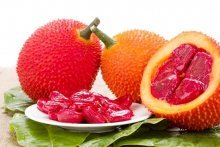
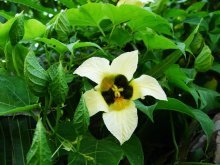
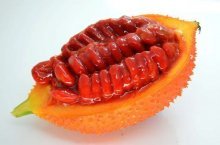
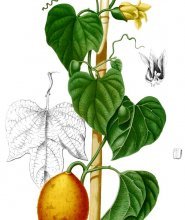
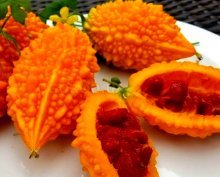

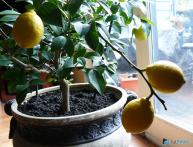

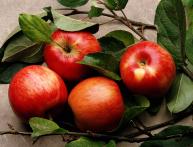
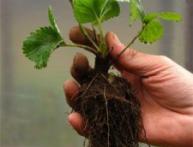
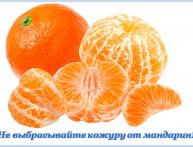
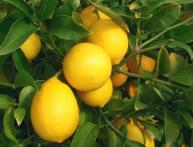
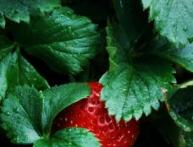
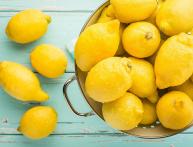
Comments
This is the first time I have read about this useful plant. It is also interesting that momordica can be grown on the balcony. It’s bad that the article does not compare the taste of our fruits or vegetables.
The plant looks very original, especially its fruits, I hope they are really very juicy and not too bitter. I'll try to look for the seeds of this plant if I find it, but I'll plant it on the loggia.